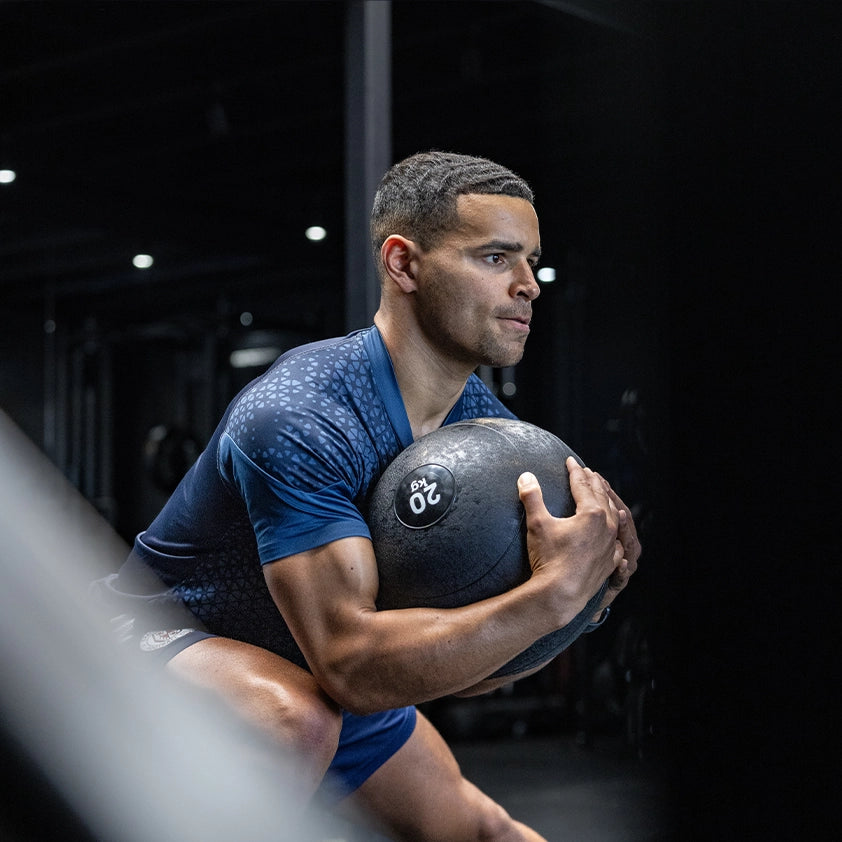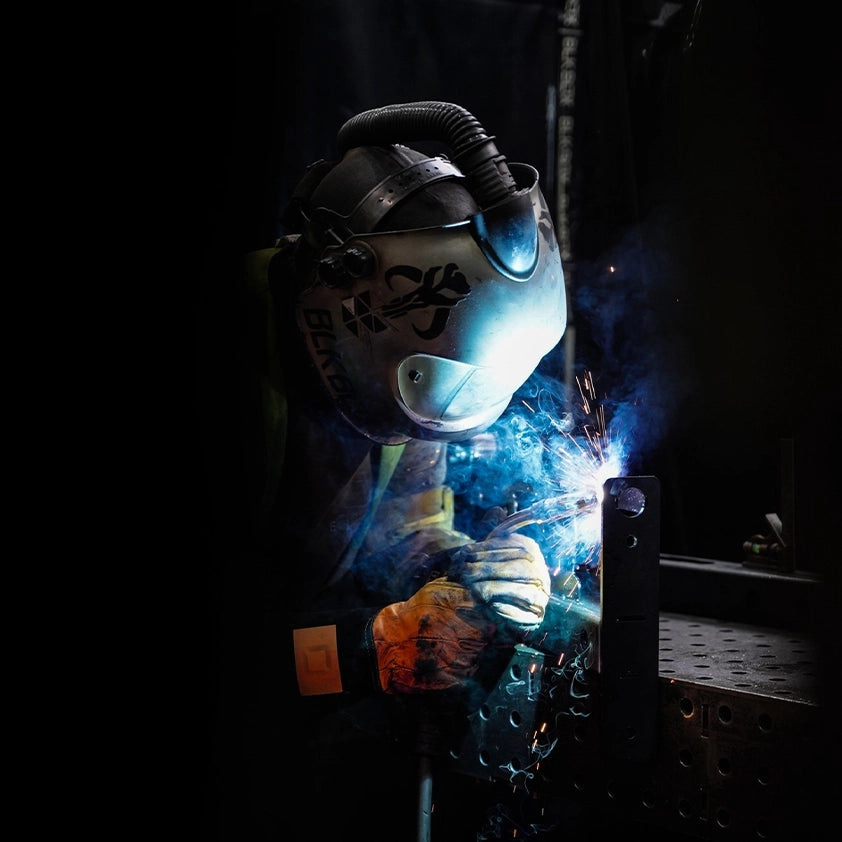The Benefits of Bilateral Leg Pressing: Why It Belongs in Every Strength Programme
 When it comes to lower body strength development, squats and deadlifts tend to dominate the conversation. But for athletes, rehab professionals, and general gym-goers alike, the bilateral leg press offers an equally important - and often underutilised - pathway to power.
When it comes to lower body strength development, squats and deadlifts tend to dominate the conversation. But for athletes, rehab professionals, and general gym-goers alike, the bilateral leg press offers an equally important - and often underutilised - pathway to power.
What Is a Bilateral Leg Press?
A bilateral leg press allows both legs to work simultaneously against a loaded resistance, typically on a guided path. This fixed trajectory removes the need for balance and coordination, placing greater emphasis on muscular output and joint tracking.
Key Benefits of Bilateral Leg Pressing
-
Isolated Lower Body Strength: By taking the upper body and core out of the equation, you can focus entirely on the legs - especially the quadriceps, glutes, and hamstrings.
-
Reduced Load on Spine: Unlike squats or lunges, a leg press supports the back, making it an ideal option for athletes recovering from spinal loading or managing fatigue.
-
Controlled Range of Motion: This makes it suitable for beginners, rehab environments, and progression-based programming.
-
Load Capacity: Most commercial leg presses can accommodate significant weight, ideal for hypertrophy and max-strength phases.
Where the BLK BOX Bilateral Leg Press Fits In
While many options exist on the market, BLK BOX offers a bilateral leg press manufactured in-house, featuring two independent cradles - enabling both bilateral and unilateral training. With a smooth 1200mm travel range, adjustable seat angles, and high weight capacity, it's built for performance and versatility without compromise.















